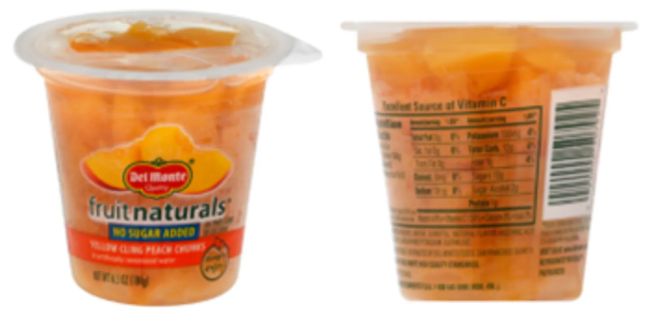To print this article, all you need is to be registered or login on Mondaq.com.
Federal courts and NAD are coming to different conclusions on
whether disclosures on the back of packages can effectively qualify
claims that appear on the fronts of the packages. Some courts
– such as courts in the Ninth Circuit – have held that
disclosures on the back of a package can help to qualify a claim on
the front, as long as that claim is ambiguous, as opposed to false.
NAD, on the other hand, tends to think those disclosures are too
far-removed to be effective.
Last year, for example, a California federal court ruled on a
case in which a plaintiff claimed that the term “fruit
naturals” on the front of fruit cups made by Del Monte Foods
misled her into thinking that the products “contained only
natural ingredients,” when that wasn’t the case. Del Monte
argued that reasonable consumers wouldn’t be misled because the
back of the cups clearly discloses that they include ingredients
like citric acid, potassium sorbate, and sodium benzoate.
The court held that the term “fruit naturals” does not
“make any affirmative promise about what proportion of the
ingredients are natural” and was, therefore, ambiguous. The
court found that “such ambiguity can be resolved by reference
to the back label, which clearly discloses the inclusion of
multiple synthetic ingredients.” Moreover, the use of
“general knowledge and common sense” would lead consumers
to understand that the product included some synthetic
ingredients.

In contrast, consider a case that NAD initiated involving claims
on the front of Quilted Northern packages advertising that the
toilet paper was made “sustainably.” Because that term is
ambiguous, NAD considered whether the advertiser had effectively
qualified it. In that case, the advertiser included an explanation
on the front of the package. NAD didn’t think that was
sufficient, though, because the claim appeared at the top, the
explanation appeared at the bottom, and there were a lot of other
things in between. Similarly disclosures on the back of the package
couldn’t cure the issue NAD found on the front.

What would the FTC think? Odds are they’d be closer to
NAD’s position. We’ve already seen that in some contexts
– such as the revised Endorsement Guides – the FTC has
taken stricter positions on what is necessary for a disclosure to
be clear and conspicuous, often insisting that it must be
“unavoidable.” And when the FTC announced in 2022 that it was seeking input on
ways to modernize its .com Disclosure Guidelines, the tone of the
press release suggested that more stringent requirements were on
the way.
What does this mean for you? It depends what side of the
argument you’re on. If you’re an advertiser facing a class
action lawsuit over claims on your packages, a growing number of
cases suggest you should be able to rely on disclosures that appear
on those packages. However, if you are looking to challenge a
competitor over claims on its packages, a growing number of cases
suggests that NAD may be a friendly forum for you to bring your
challenge.
The content of this article is intended to provide a general
guide to the subject matter. Specialist advice should be sought
about your specific circumstances.
POPULAR ARTICLES ON: Litigation, Mediation & Arbitration from United States
#Courts #NAD #Conclusions #Package #Disclosures #Class #Actions











